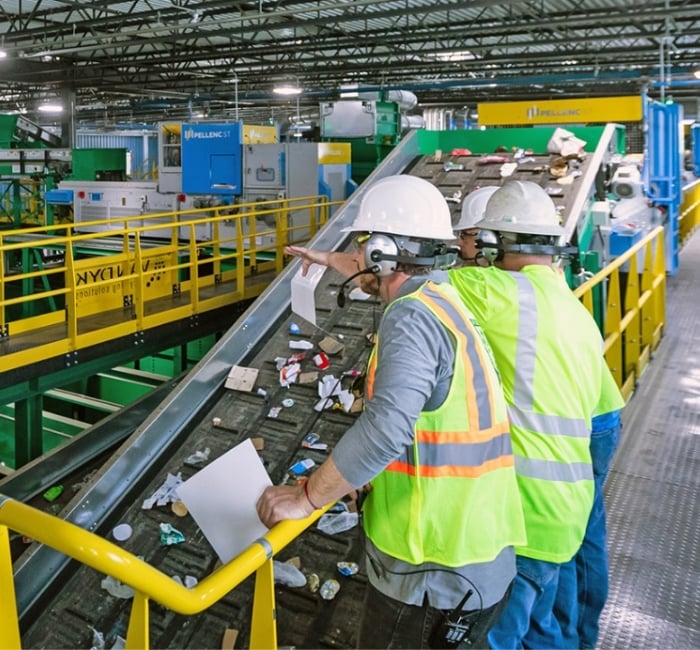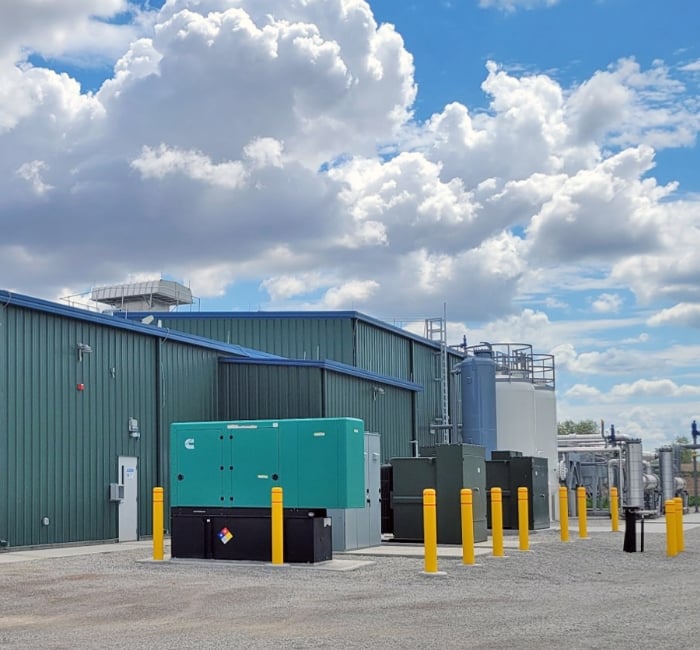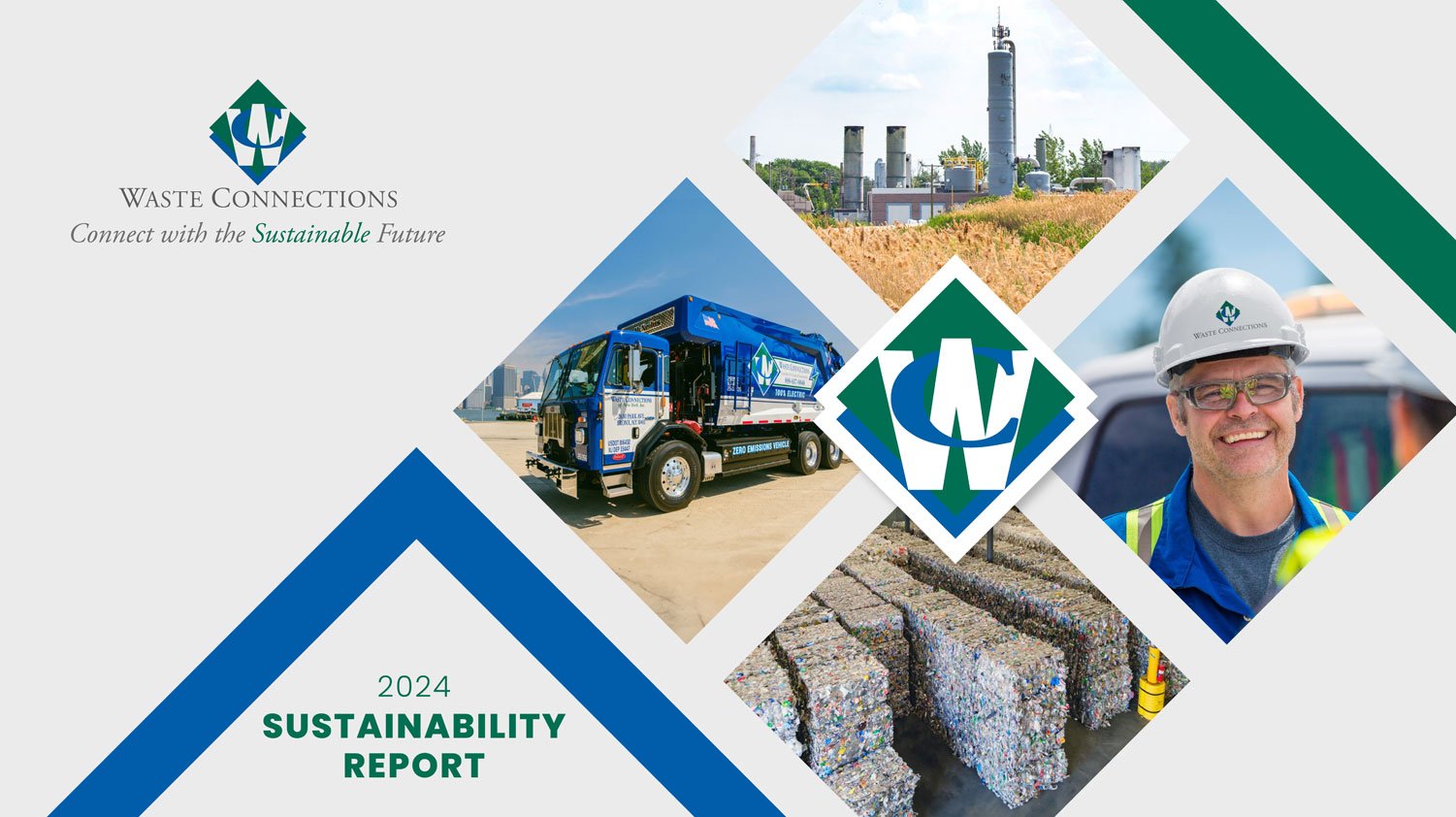
Serving
Our Planet
Decarbonizing our Operations
Waste Connections recognizes the connection between emissions and climate change. Collecting and responsibly handling our customers' solid waste, along with the natural biodegradation of certain waste streams within a landfill, results in emissions. We are committed to mitigating these emissions while expanding operational activities that reduce GHG emissions — specifically through increased recycling and beneficial use of landfill gas.
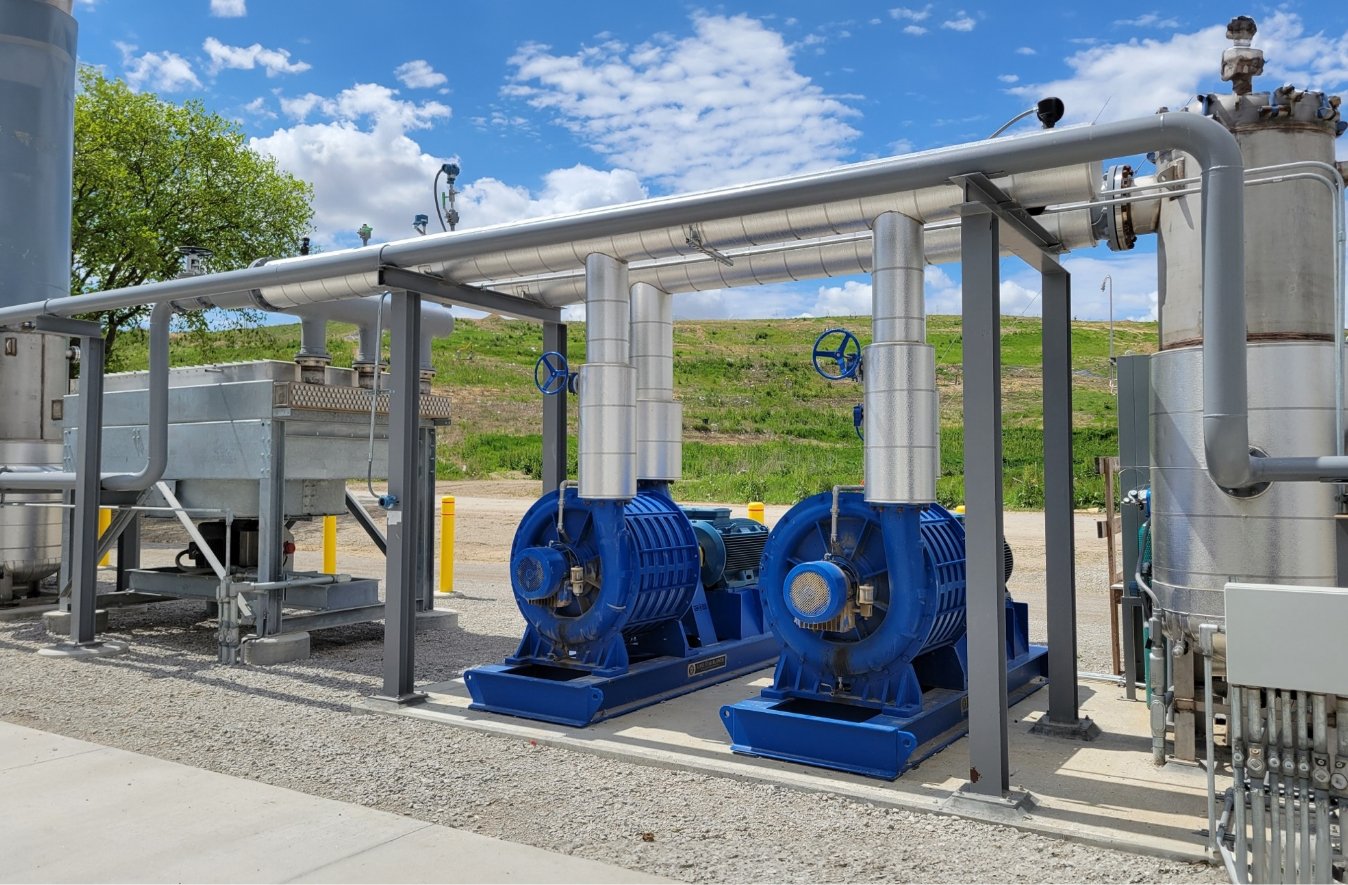

The largest sources of emissions in our operations are where our customers' putrescible waste breaks down over time. We actively work to recover and beneficially use landfill gas through collection and control systems. In order to reduce fugitive emissions and make further progress toward our goal of reducing total Scope 1 and 2 emissions by 30%, we plan to increase the use of temporary cover systems to encapsulate gas for beneficial use, modernize and expand existing gas collection systems, and install new systems, often ahead of regulatory requirements.
Where feasible, we beneficially convert landfill gas to electricity or RNG that can be added to the grid or injected into gas transmission pipelines, offsetting the use of fossil-derived fuel sources. Expanding our RNG sites is good for our business and the environment and is integral to achieving our emissions reduction target.
In 2023, our Scope 1 emissions increased from the prior year, due primarily to acquisitions, temporary impacts at certain other sites and preparations for new RNG facilities which resulted in a non-recurring increase at several sites. Normalizing for these impacts, our Scope 1 and 2 emissions declined by 2% versus 2022 levels. Moreover, since 2019 our total emissions have declined by 13%, and emissions intensity has declined by over 40%. Based on our progress to date and our strategic initiatives aimed at driving further reductions, we are confident that we are on track to meet our long-term aspirational target.
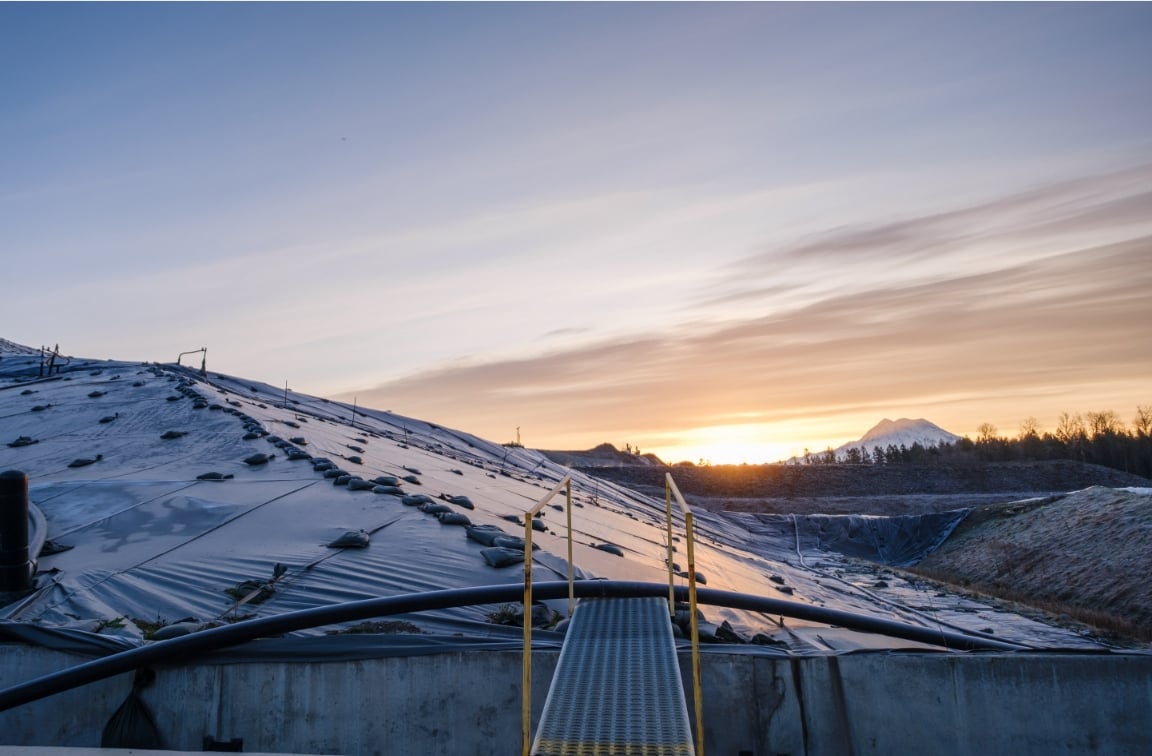

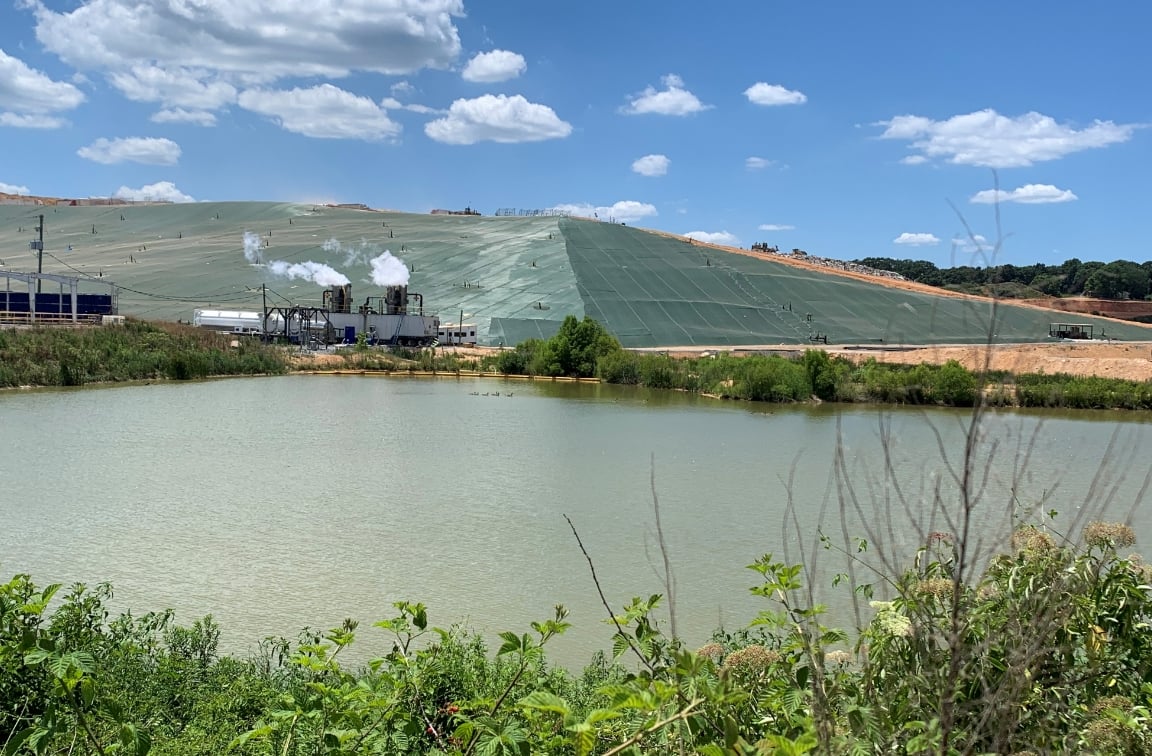
The challenges associated with landfill emissions methodology are a key factor in our exploration of new direct measurement technology, including the use of drone-based systems and satellites. We continue to work with numerous public and private constituents in order to achieve a more accurate direct measurement of landfill emissions.
Consistent with our Environmental Policy, we actively promote the efficient use of resources and, in many instances, beneficially reuse or divert materials from landfill disposal. For instance, in 2023, we were able to reclaim approaching 4 million gallons of petroleum from our Exploration and Production (E&P) waste operations for beneficial reuse in other applications. In addition to processing recyclables at our material recovery facilities (MRFs), we also segregate additional materials at many landfills and in 2023 we beneficially reused over 24,300 tons of tires, concrete, asphalt and dimensional lumber, we diverted nearly 79,000 tons of additional materials from landfills and reclaimed approximately 200,000 tons of ash material from a landfill for beneficial reuse in cement production.


